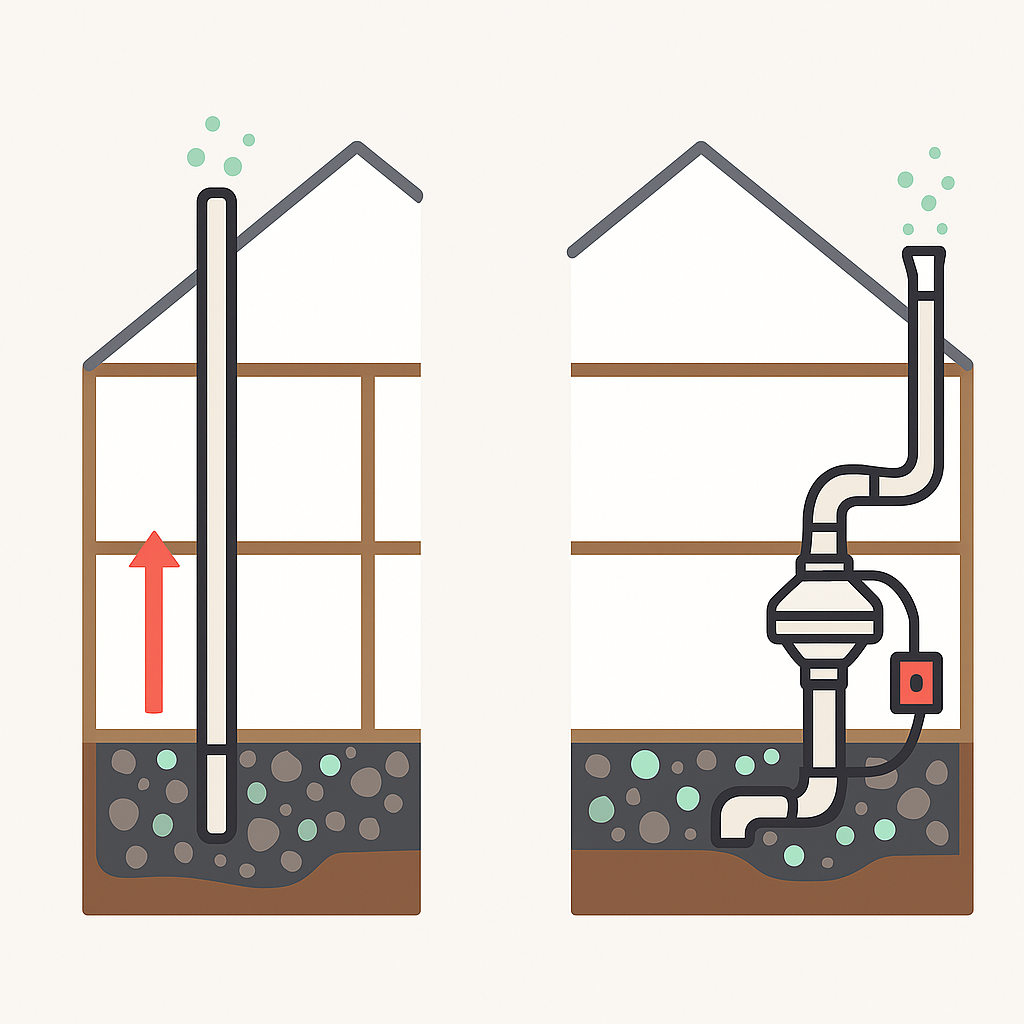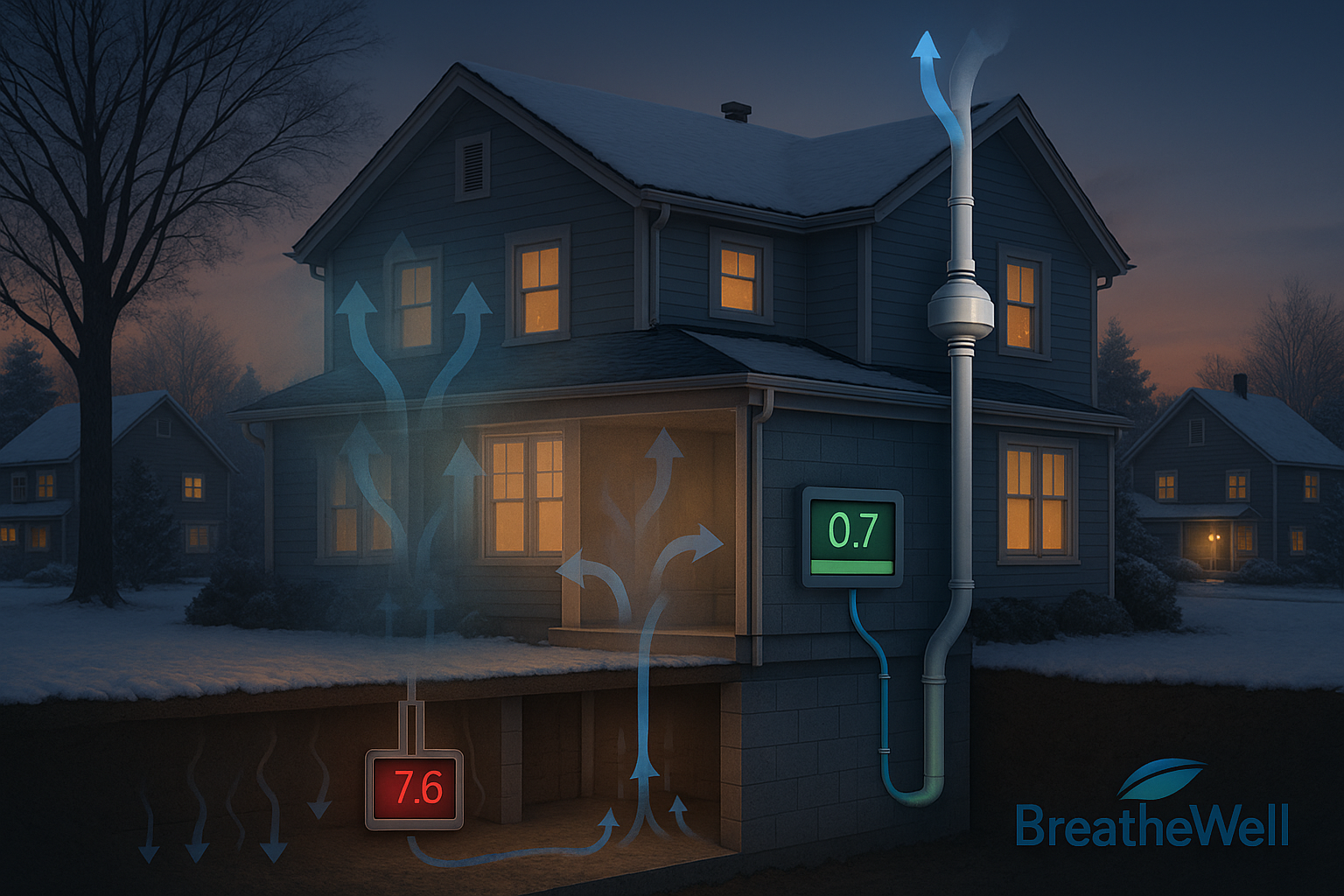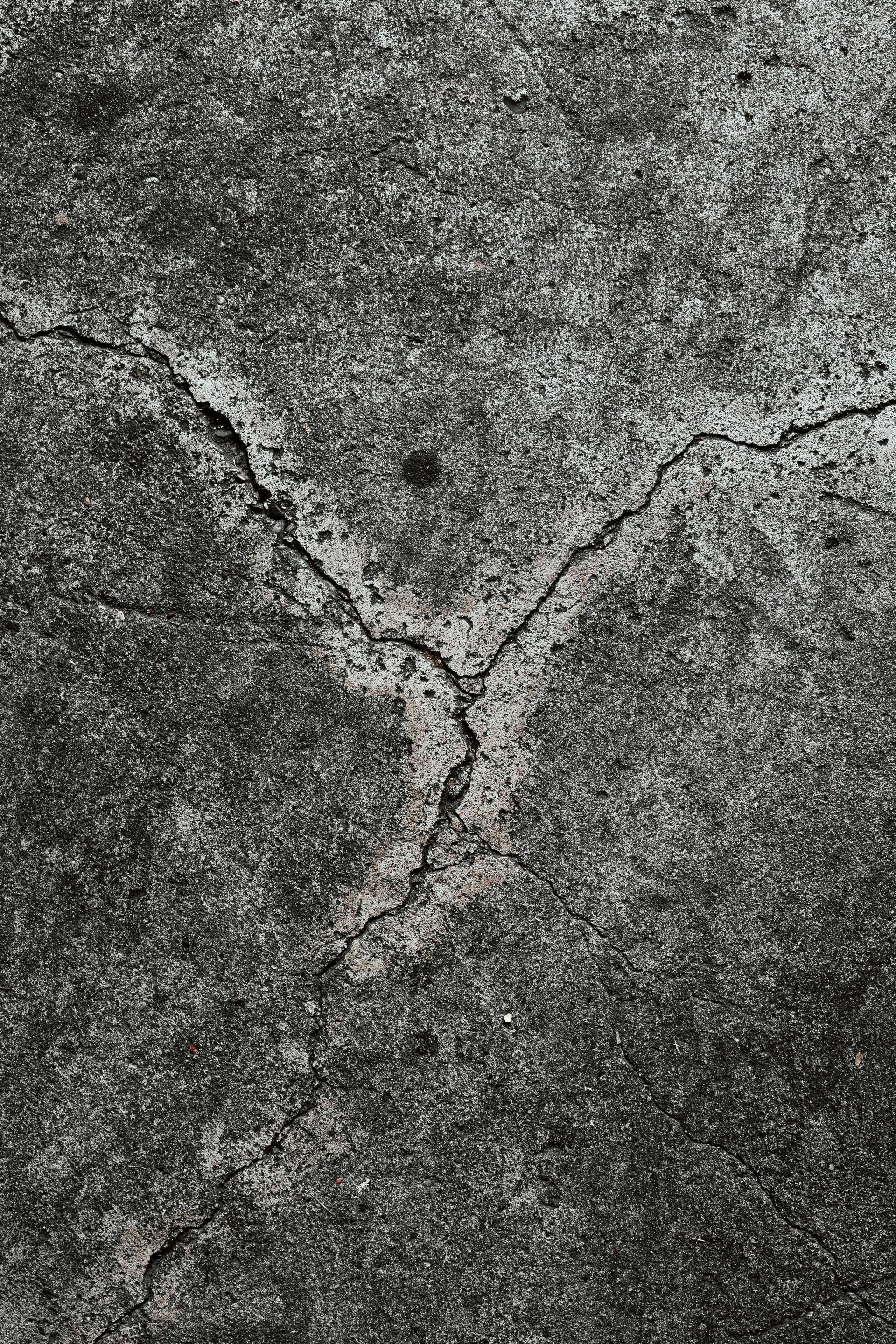Passive vs Active Radon Systems: Why Many Homes in St. Paul Need an Upgrade
Radon is a radioactive gas produced naturally in the soil. It moves into homes through foundation cracks, sump pumps, or even porous concrete. While you can’t see or smell it, long-term exposure to radon is a leading cause of lung cancer. For St. Paul residents, this issue is especially important — Minnesota is ranked among the top states for high radon levels, and the Twin Cities are no exception.
Many homes in St. Paul include passive radon systems, especially newer builds. However, these systems alone rarely keep levels within safe limits. For lasting protection, upgrading to an active radon mitigation system is often necessary.

What Is a Passive Radon System?
Passive radon systems are built into homes during construction. They typically include a vent pipe that extends from beneath the slab to the roof and some sealing of cracks.
But here’s the catch: passive systems rely on natural airflow alone. With no fan to draw radon out, they may work in theory but often fail in practice.
Why Passive Systems Are Less Effective in St. Paul
Minnesota’s cold climate and clay-heavy soils create conditions where radon gas easily builds up inside homes. During long heating seasons, when windows stay closed, radon has fewer escape points. That’s why homes in St. Paul with passive systems often still test well above the EPA’s recommended limit.
What Is an Active Radon Mitigation System?
An active system takes the same design as a passive one but adds a radon fan. This fan actively pulls radon from beneath the foundation and vents it outside, keeping levels consistently lower.
Advantages of Active Systems:
- Continuous Operation: Works 24/7, no matter the season.
- Significant Reduction: Can lower radon levels by as much as 99%.
- Long-Term Safety:
Provides dependable protection for years.
For St. Paul homeowners, an active system is the most effective way to ensure indoor air is safe year-round.
Why St. Paul Homes Need Upgrades
Research shows that about two in every five Minnesota homes test high for radon — one of the highest rates in the country. Even homes less than 10 years old, built with passive systems, often require an upgrade.
Here’s why St. Paul homes are especially at risk:
- Soil makeup: The local geology produces high amounts of radon.
- Climate factors: Long winters mean homes stay sealed tight, trapping gases inside.
- Construction style: Energy-efficient homes may unintentionally lock radon in.
Without an upgrade,
a passive system is rarely enough to keep your family safe.
How to Know If You Need an Upgrade
The only way to confirm whether your passive system is doing its job is through testing. At BreatheWell Radon Solutions, we provide professional radon testing in St. Paul homes with the accuracy needed for informed decisions. If your results show elevated levels, our technicians can upgrade your system to active mitigation, giving you reliable protection.
Safeguard Your St. Paul Home and Family
Radon is a hidden danger that too many Minnesota families underestimate. By upgrading your passive system, you can protect your health, safeguard your home, and eliminate the uncertainty of relying on natural airflow alone.
Ready to work with BreatheWell Radon Solutions?
Let's connect! We’re here to help.
Send us a message and we’ll be in touch.
Or give us a call today at (651) 615-7770



